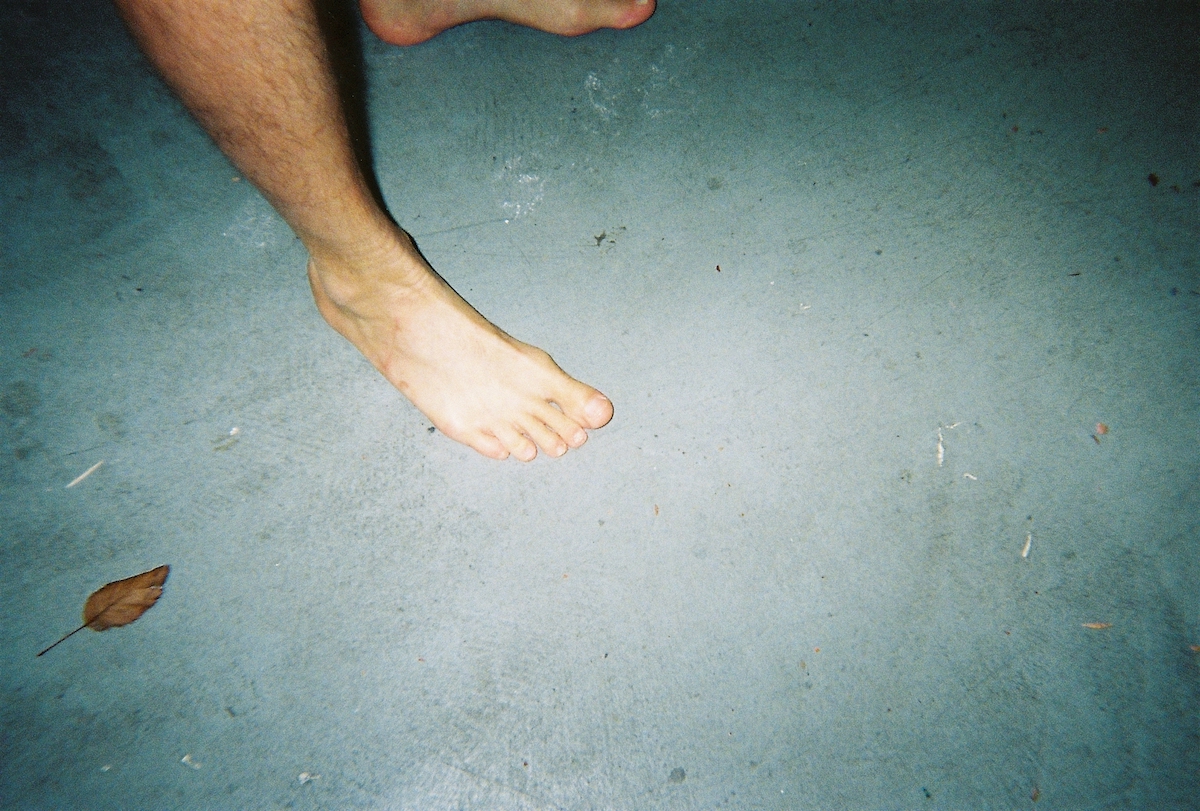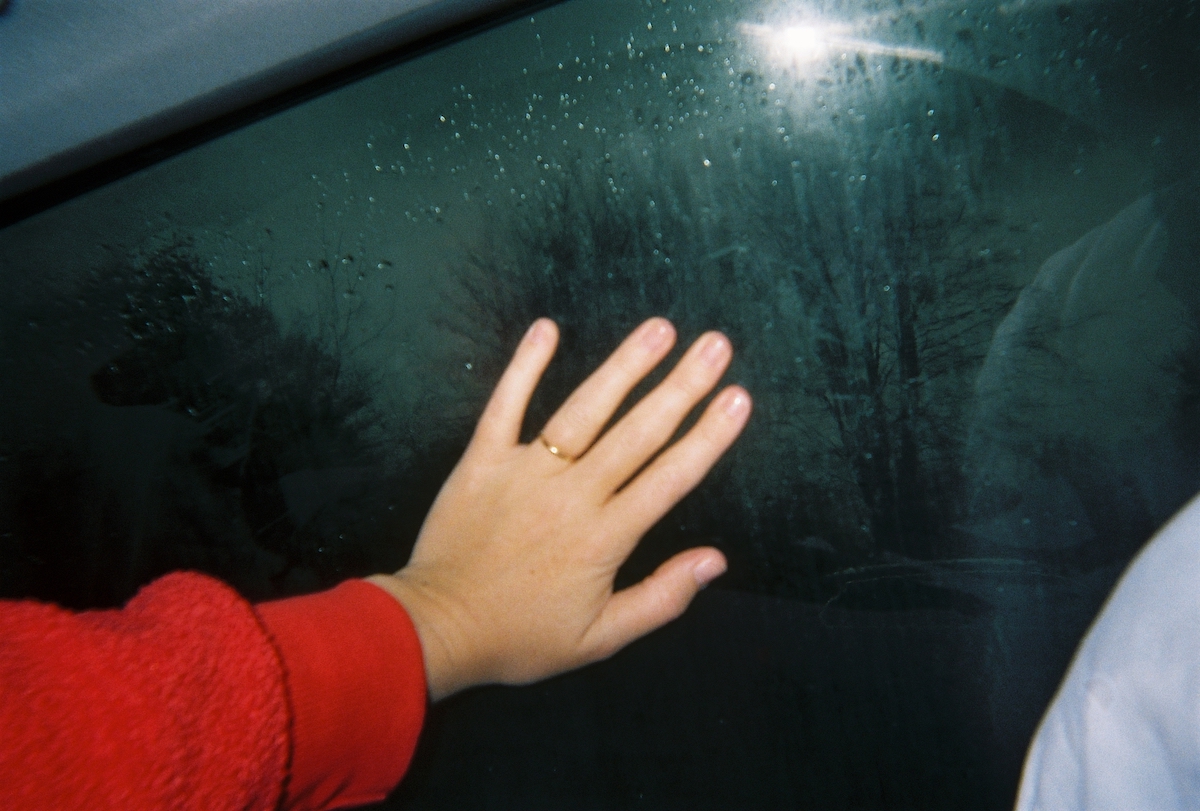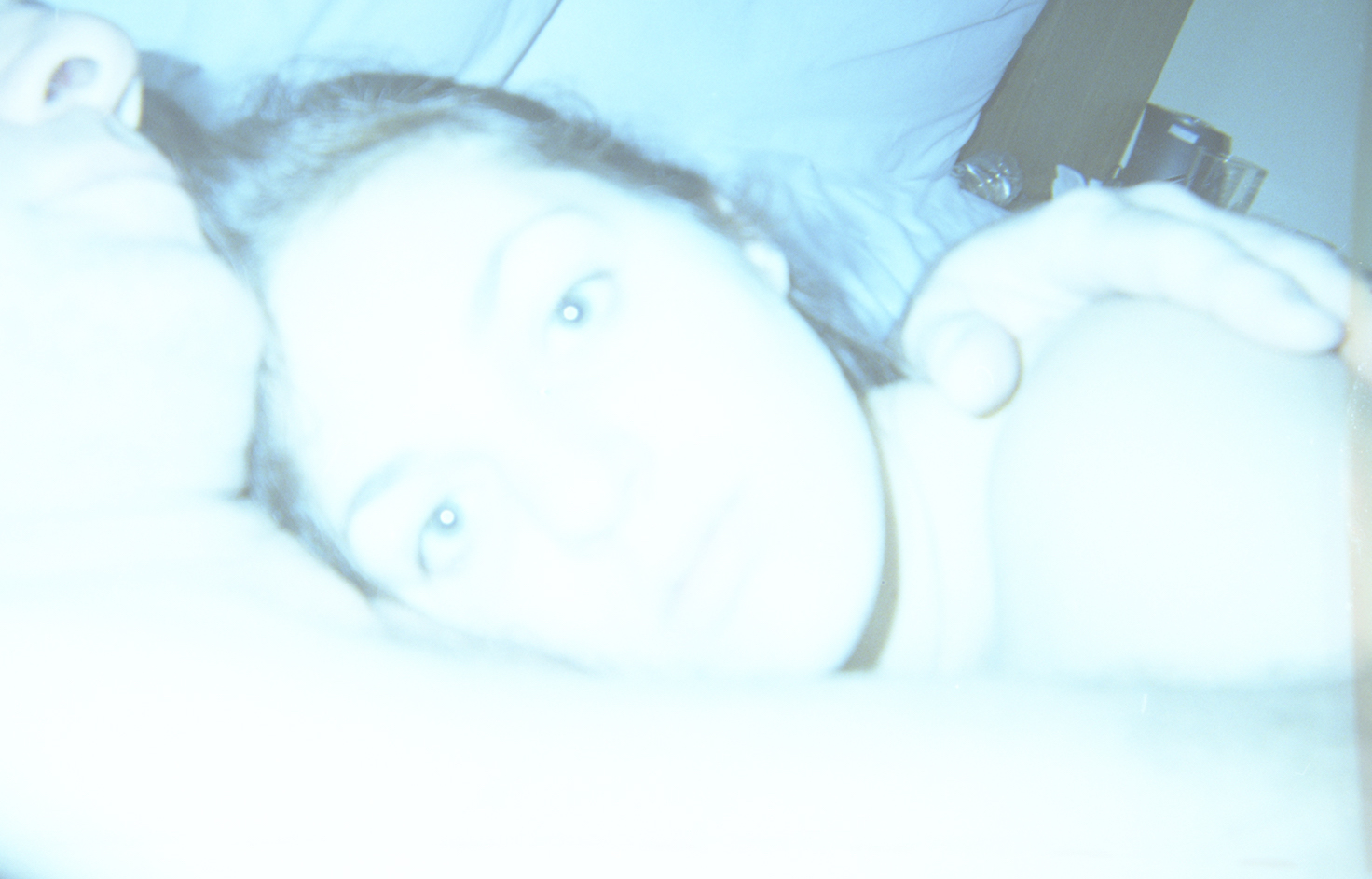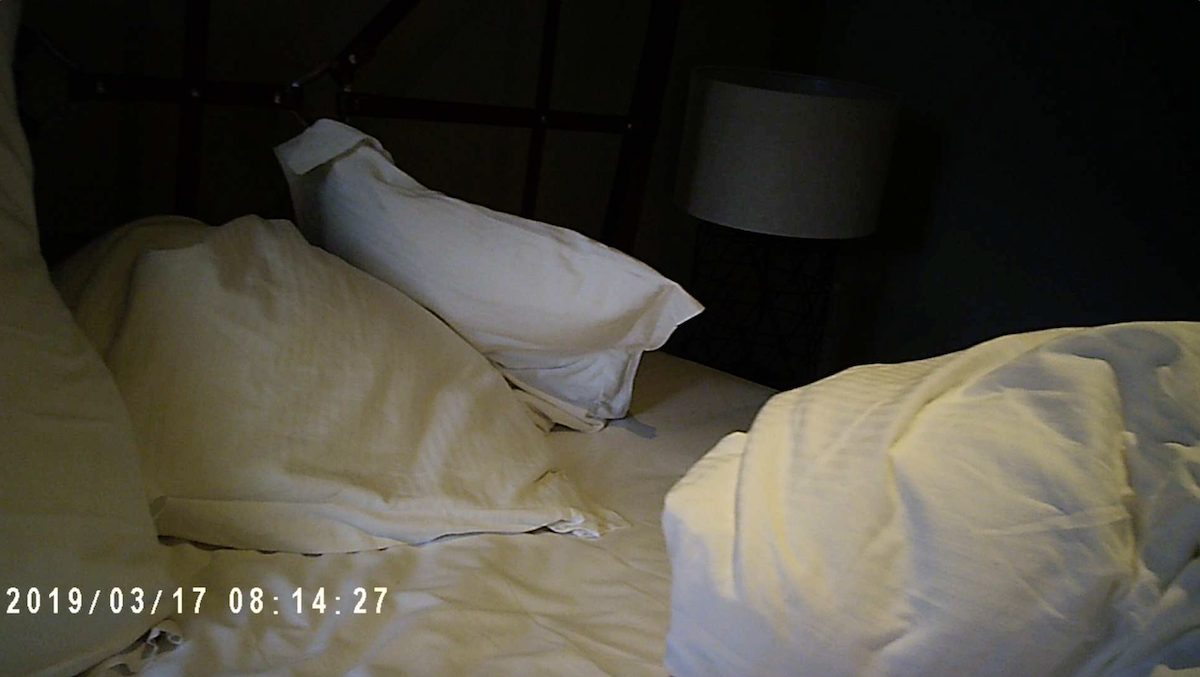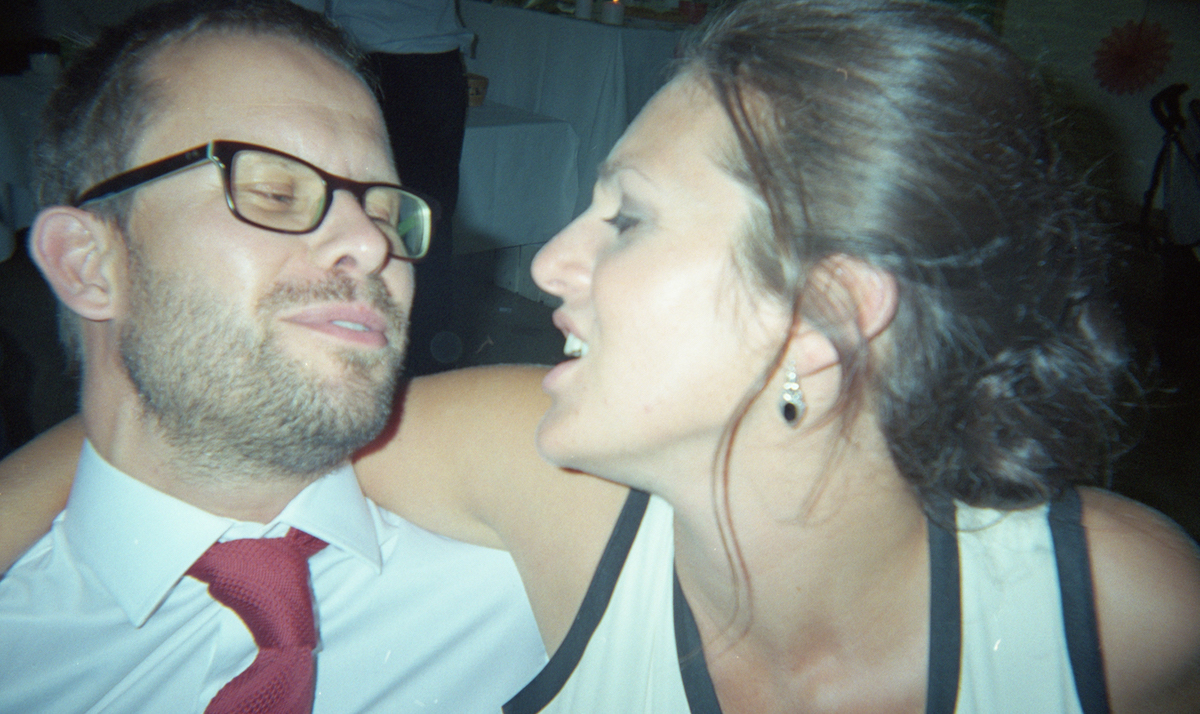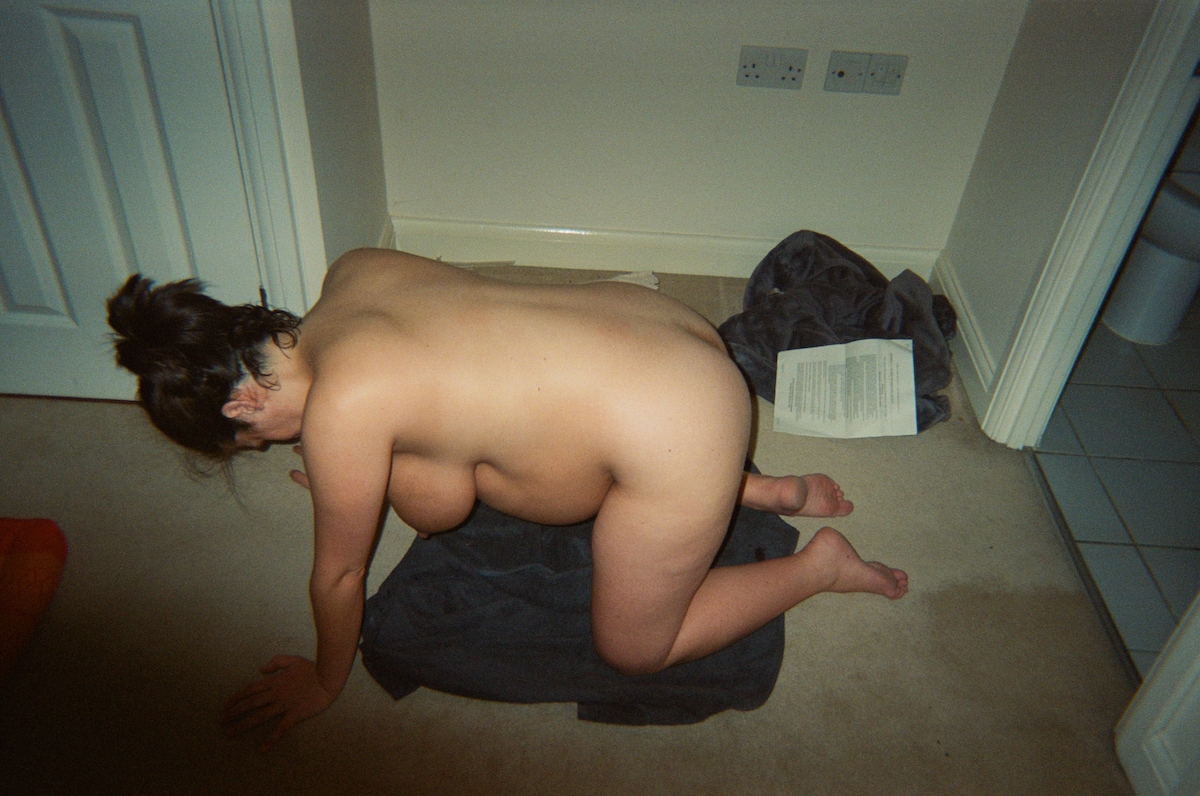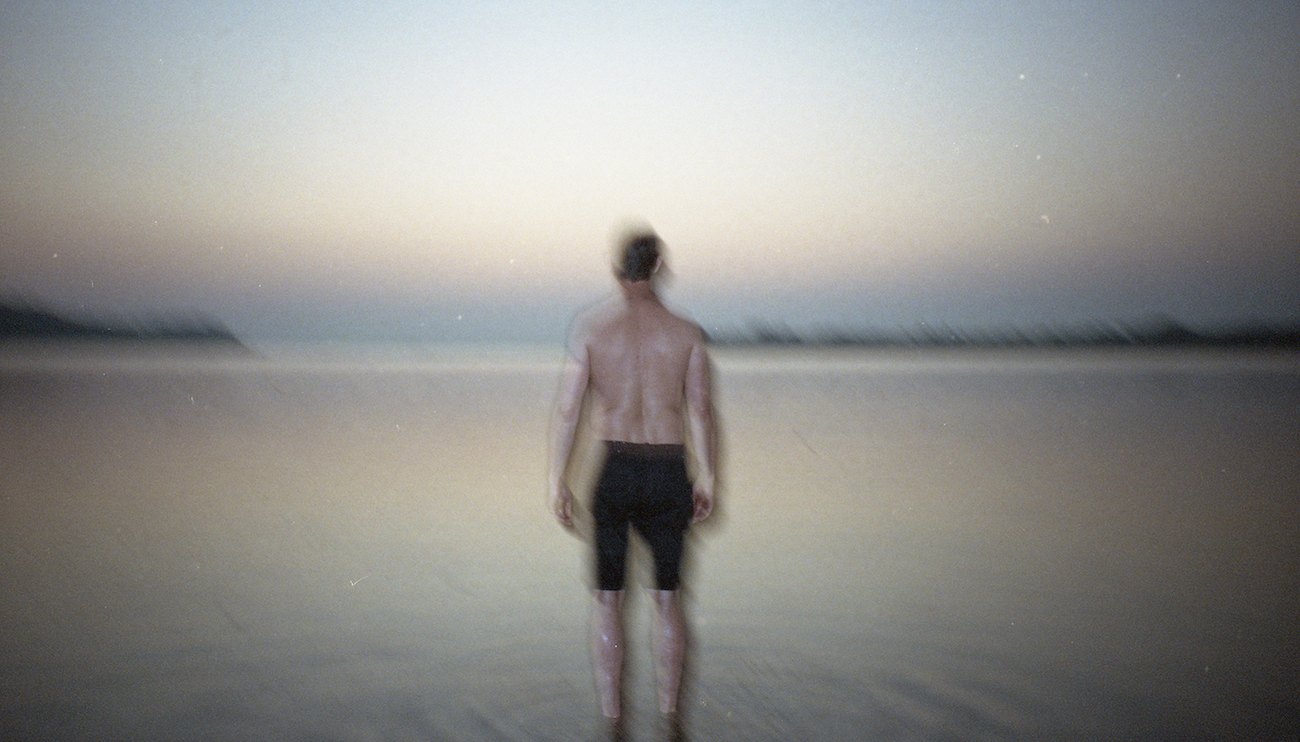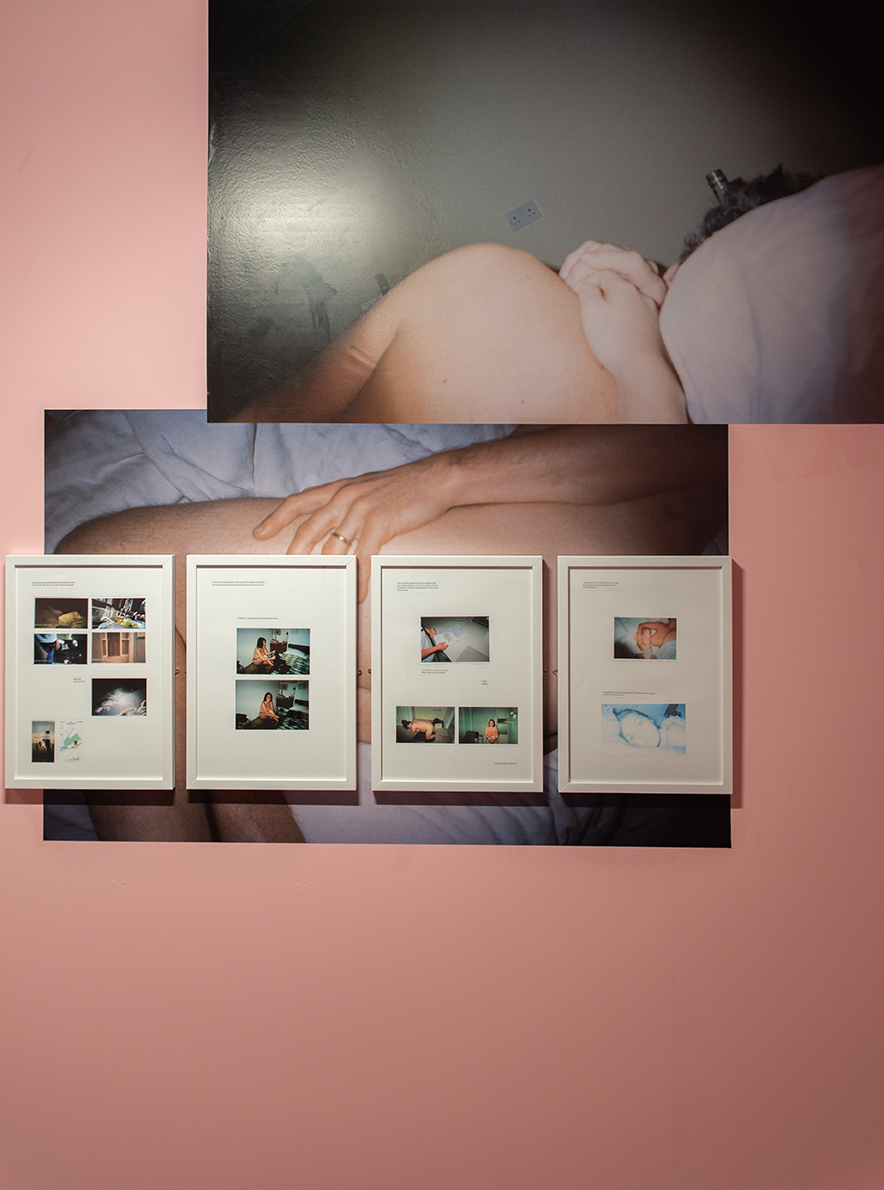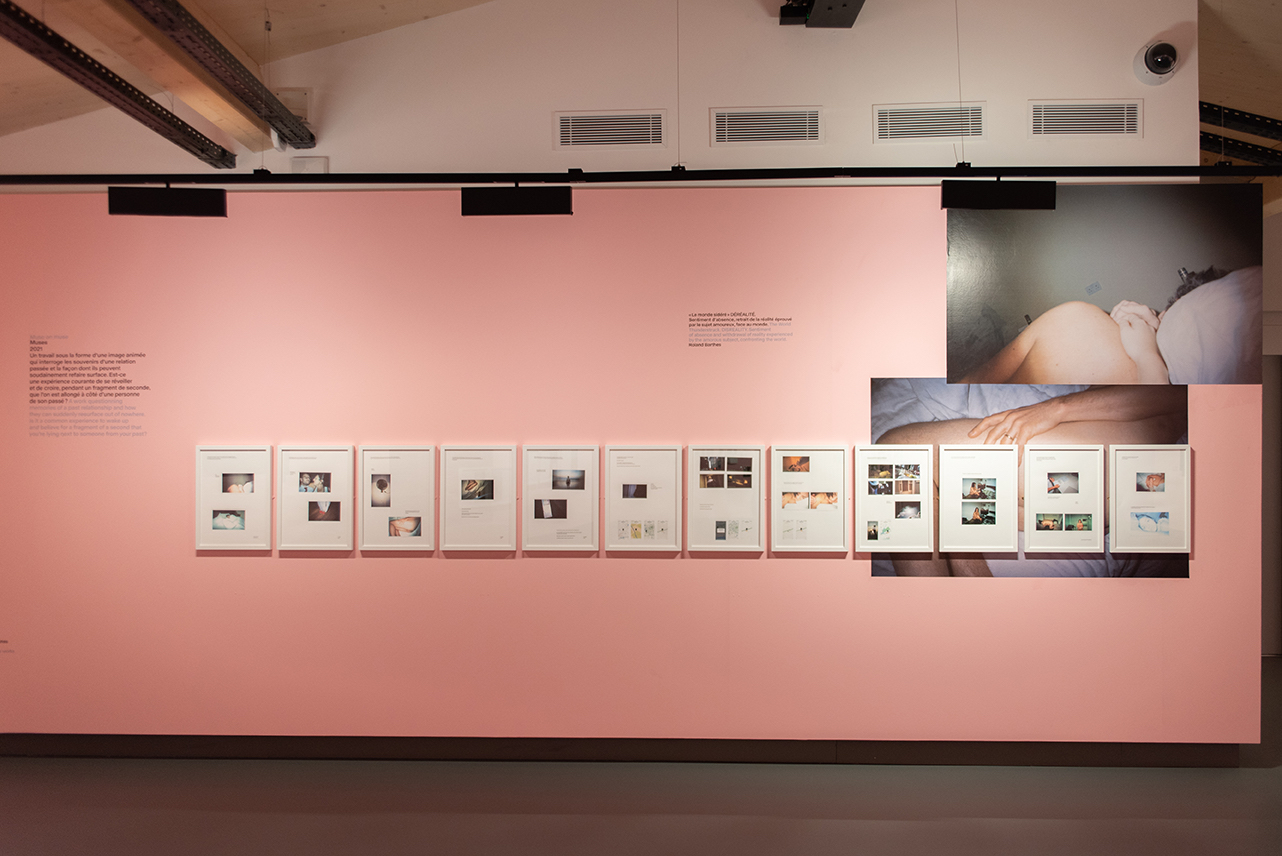For the past 15 years, Natasha Caruana has been turning the lens on her life, revealing the innermost social dynamics and interactions that occur behind closed doors. Beginning with her degree show series, The Other Woman (2005), in which Caruana met and staged photographs with women in extramarital affairs, the photographer has sought to bring hidden subjects to the forefront of the cultural imagination, encouraging the viewer to confront their long-held assumptions and biases about the lives of other people. An unwavering autobiographical strand unifies Caruana’s practice; although Caruana did not situate herself in that initial series, she was motivated by her own affair with a married man. Realising the hook of lived experience would allow the personal to be translated into something with universal legibility, Caruana understood that she had to put herself directly into her work.
Now, with a new project, Muse on Muse (2021), Caruana revisits the extramarital affair she had at the age of 18. Combining text, photographs and moving image, Caruana weaves together an unfolding narrative which, in form, echoes the growing suspense of a mystery comic strip. A trip to India, which Caruana took for her fifth wedding anniversary, catalysed the work. At the time of the trip, her husband, Simon (referred to as SS throughout the series), was the same age as the married man when she started seeing him in 2003. Caruana is haunted by a moment in the middle of one night when she reached across the bed towards Simon and for a split second thought she was lying next to the married man. “I experienced waking up one morning thinking I was next to somebody that I used to be in a relationship with, then the piece evolved from that,” she says. “I realised that other people are probably having the same experience of this residue of love, this residue of memory.”
“One of the visitors said, ’I can’t believe your husband let you do that.’ That’s when I had the realisation that this is actually a piece of work. Because that person straightaway is making an assumption of how I should behave as an archetypal wife. And I thought, the piece of work goes beyond just me and my story.”
After she returned from India, Caruana became fixated on the idea of staging a photograph of SS and the married man, naked, engaging in skin-on-skin contact. Through fragments of text taken directly from Caruana’s sketchbooks, we are privy to her thought processes. Anyone familiar with the photographer’s work will note a continued preoccupation with subverting traditional gender roles around the muse – Caruana is the active image-maker, while these two men from her past and present lives share the commonality of being her muse. “What would it be like if I was the one to fire the shutter?” she explains. “It was about me taking a photo of these two men, and not about them photographing me. In all of my work, I’ve never really been the muse. I’ve always wanted to give myself and other women within my work a voice.”
A significant point of the narrative comes when Caruana meets the married man for lunch, having not seen him in three years, to propose the idea of the photo to him. He agrees, but only if Caruana will spend the night with him. While Caruana initially withholds the details of this exchange from SS, she eventually decides not to go and relays the full story to SS. It is then that SS encourages Caruana to go ahead, for the sake of her artistic practice. At an early showing of the series as a work-in-progress, which took place the same weekend Caruana met the married man in a hotel, one viewer expressed shock at Caruana and SS’s marital dynamic. “One of the visitors said, ‘I can’t believe your husband let you do that’,” she recalls. “That’s when I had the realisation that this is actually a piece of work. Because that person straightaway is making an assumption of how I should behave as an archetypal wife. And I thought, the piece of work goes beyond just me and my story.”
Photographs taken from a hidden camera in Caruana’s watch, paired with screenshots from SS using the Find My Phone app to track her movements as she goes to meet the married man, give a durational account of their exchange. Surveillance technology raises questions around the ways that women’s bodies are policed. Yet, within Muse on Muse a different aspect of tracking technology is considered. The surveillance of the self, that women engage with as a safety measure – whether walking home from a night out, or meeting up with someone from a dating app for the first time.
“I wasn’t able to get the address of where we were going because married man wouldn’t give it to me. Rather than feeling like a woman’s body was being surveyed, I subverted that – using technology gave me power. We didn’t think technology would be part of [the series] but it happened to become part of it. I think it’s an important part of the work, of what we do to protect ourselves.”
At the age of 36, Caruana finds herself in the company of the married man once again. She details an exchange in which he tries to coerce her into the bath with him by commenting on how expensive the bubble bath is. Here, a rupture between past and present occurs. Caruana considers that at the age of 18 this would have caused her to feel guilt, thus achieving the married man’s desire. But as an adult Caruana says no, and leaves the room. With time and experience, Caruana has gained a new perspective on the relationship.
“Looking back to that 18-year-old, I think, yes, I was sort of fixated on trying to find something,” she recalls. “At that point, I found it through somebody that believed in me and somebody that would like me to have nice holidays, and somebody that would support me and encourage me and give me confidence. But at that age, you don’t really know how weird that is. Essentially, somebody is in a position of power. It’s not a great dynamic.”
The resolution of Muse on Muse was interrupted when the pandemic hit, removing the possibility of Caruana getting her photograph of SS and the married man. Instead, as Caruana says in the series, life happened, and SS and Caruana welcomed their first child into the world. In an unexpected ending, Caruana gets an altogether different resolution; the series concludes with photos of Caruana giving birth and finally achieving a depiction of skin-on-skin contact, between herself and her newborn daughter. With birth, a new context to the series is conceived: the question of how we can contribute to creating the kind of environment we want to bring our children into.
“So I have in the narration, me standing there in the hotel room, and married man saying, ‘I’ve spent a lot of money on the bubble bath’, using monetary value as a way of exercising control,” she explains. “And I thought, actually, yeah, I’m going to put that in [the series], because that’s a real-life scenario that so many women probably find themselves in. Of somebody being like, ‘Oh well, I’ve bought you a nice dinner. So come on, let’s get on with the next thing’, and that kind of coercion and control. I just thought, I want to talk about it, particularly bringing my daughter into the world. Because my daughter or any young woman might find themselves in that position. And they won’t know what’s happening. They’ll just feel guilty and be like, you just bought me such a nice dinner, of course I will have sex with you now. And actually, you can just say no.”
Muse on Muse is on show as part of A Lover’s Discourse at the Mougins Center of Photography, France until 30 January 2022, alongside the work of Jenny Rova. The exhibition is curated by François Cheval and Yasmine Chemali
The post Coercion, control and a regaining of agency in Natasha Caruana’s Muse on Muse appeared first on 1854 Photography.

